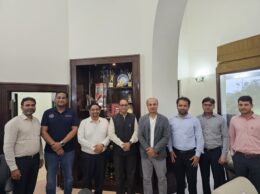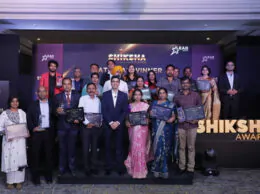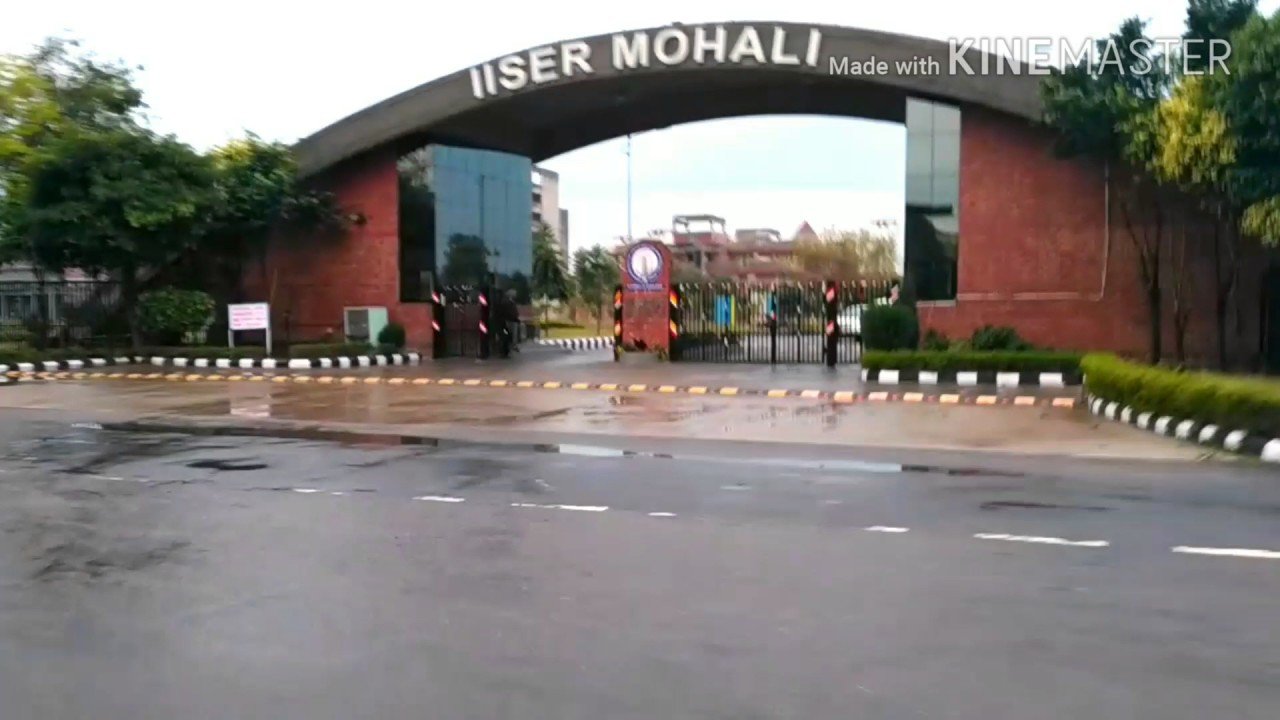CHENNAI : Indian Institute of Technology Madras (IIT Madras) Researchers have demonstrated how drugs injected in the human eye can be better delivered to the target region through ‘convection caused by mild laser heating’. They used simulation and modelling studies to analyse the efficacy of various types of treatments on the human eye, focusing on heat and mass transfer.
With nearly 11 million individuals afflicted by retinal disorders in India, indigenous original research of this nature holds promise for the development and advancement of Laser-based treatments for various eye diseases.
Laser-based retinal treatments are increasingly being used to treat diseases like retinal tears, diabetic retinopathy, macular oedema and retinal vein occlusion. Since the retina is the region of the eye that contains blood vessels and nerves, such treatments must be performed carefully and with precision.
This Research was taken up nearly a decade ago by Prof. Arunn Narasimhan, Department of Mechanical Engineering, IIT Madras, who collaborated with Dr. Lingam Gopal of Shankar Nethralaya and initiated biothermal research into the effects of laser irradiation on the retina for the first time in India.
Subsequently, the team has performed computer simulations and experiments to analyse different aspects of eye treatments, within the scope of bio-heat and mass transfer.
The current study was taken up by Prof. Arunn Narasimhan, and IIT Madras graduate student Mr Shirinvas Vibuthe, who used a glass eye mimic to demonstrate how heat-induced convection reduces the time taken for drugs injected into the vitreous region to reach the targeted region in the retina.
This work will be featured in the Special ICCHMT Conference Proceedings published by Springer Verlag. The findings of this experimental study have been published in the reputed, peer-reviewed Wiley Heat Transfer journal (https://doi.org/10.1002/htj.22899).
Highlighting the need for such research, Prof. Arunn Narasimhan, Department of Mechanical Engineering, IIT Madras, said, “Inter-disciplinary research brings together expertise from different fields like engineering and biology, to provide innovative solutions to relevant societal problems.”
Commenting on the current status of the research and when this research can be expected to translate to applications in the field, Prof. Arunn Narasimhan said, “For engineers like us involved in medical research due to the practical and ethical difficulties involved in performing experiments on live human organs, computer simulations and mimic experiments are the only available research tools. Using glass-eye experiments and bioheat simulations to analyse invasive treatments in the human eye, we have shown that mild targeted heating can enhance drug delivery to the retina. The medical community needs to take this further and implement it in treatment of retinal diseases.”
In patients who have undergone retinal laser surgery, most of the original gel-like vitreous humour could become replaced by body secretions that are less viscous than the original gel.
After surgery, drugs are often injected directly into the vitreous region to treat the retina. To reach the retina, the drug must move through the liquid. Natural diffusion is a slow process, and the drug may take several hours to days to reach effective levels at the target location.
Prof. Arunn Narasimhan designed an experiment using a glass eye mimic geometrically similar to the human eye, water and silicone oil for the vitreous liquid and a heater to simulate laser heating. The researchers injected a dye as a drug mimic at specific points in the vitreous region of the eye, and measured concentrations at different retinal locations with and without heating the vitreous liquid.
Elaborating on the technical aspects of the research, Mr Shirinvas Vibuthe, Graduate Student, IIT Madras, said, “While with natural diffusion alone, the drug mimic took 12 hours to achieve effective concentration at the target region of the retina, heating the vitreous liquid reduced it to just 12 minutes.”
The researchers have also shown in a separate study that the required heating does not damage the eye tissues. Subsequent research work in 3D human eye models earned Mr. Shirinvas Vibuthe an invitation to present his work at the international conference ICCHMT 2023 held in Germany.








